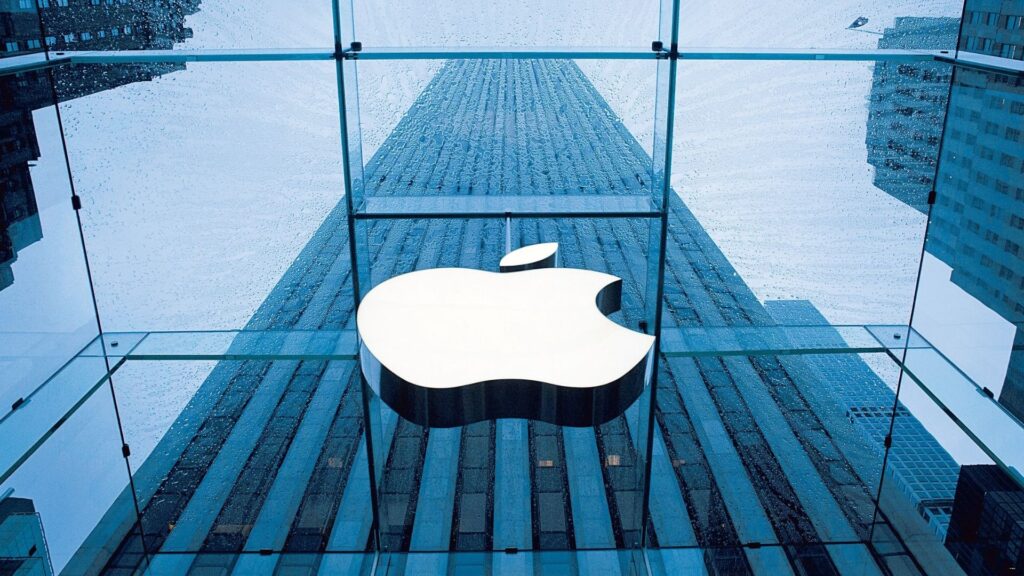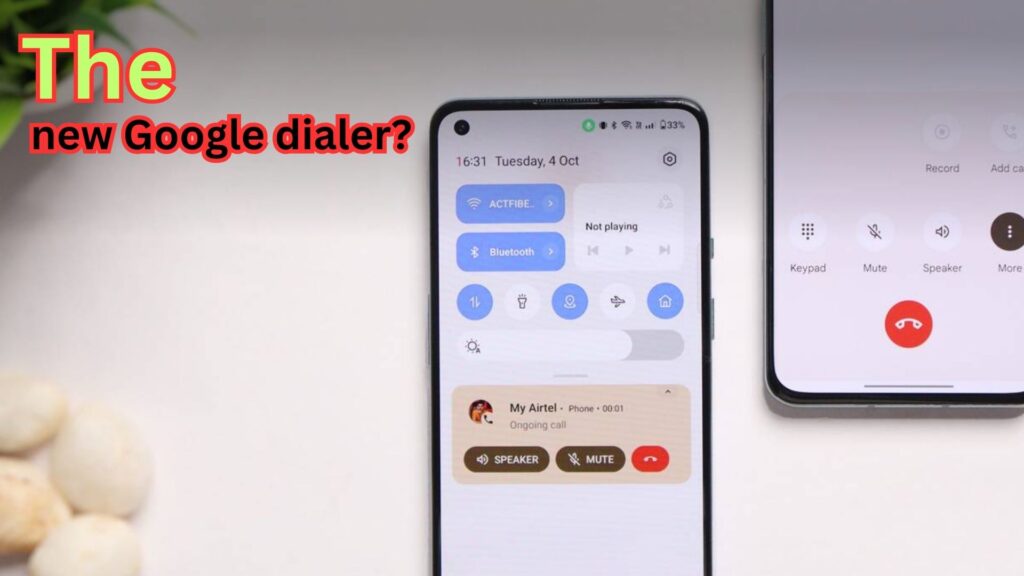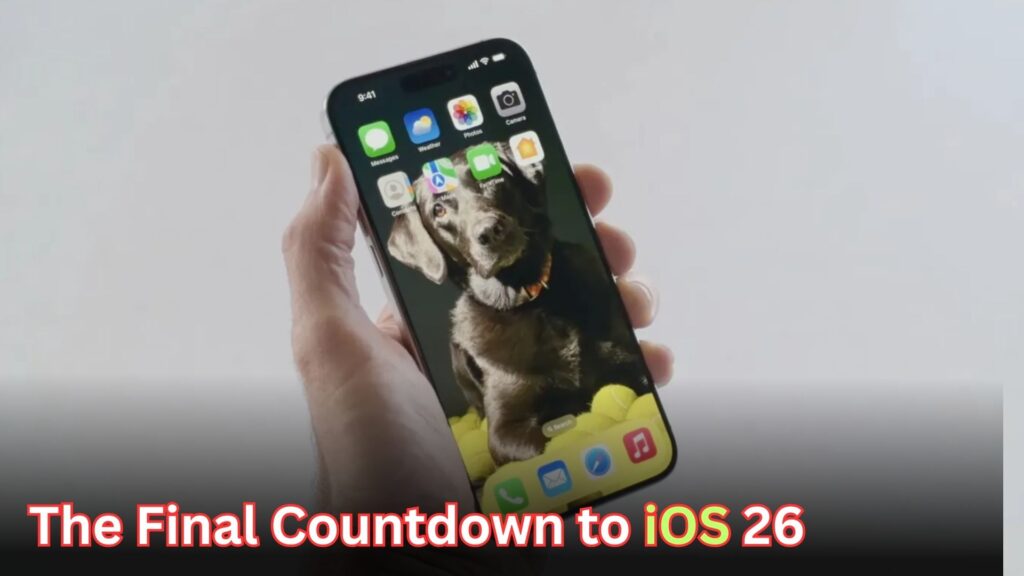The smartphone industry is no stranger to Apple’s trendsetting moves. Over the years, the company has redefined industry standards by eliminating once-essential features such as the headphone jack, Touch ID, and, most recently, the physical SIM tray in select markets. According to recent reports, Apple is preparing to expand its eSIM-only approach to international regions with the upcoming iPhone 17 series, expected to debut at the “Awe Dropping” event on September 9, 2025.
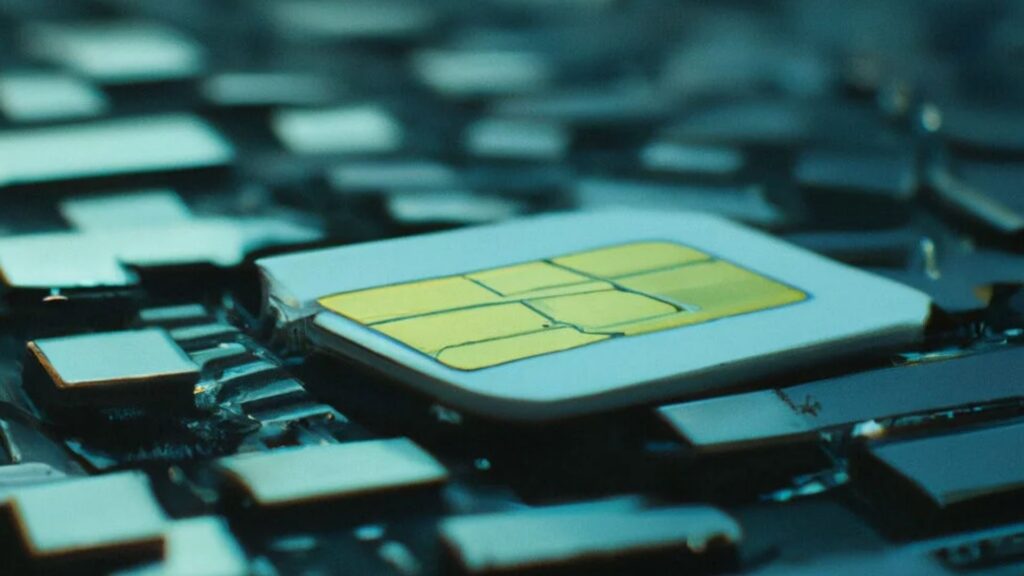
If these reports prove accurate, Apple could remove the physical SIM slot entirely from all iPhone 17 models across several international markets, marking a significant shift in mobile connectivity.
Apple’s Push Toward eSIM Technology
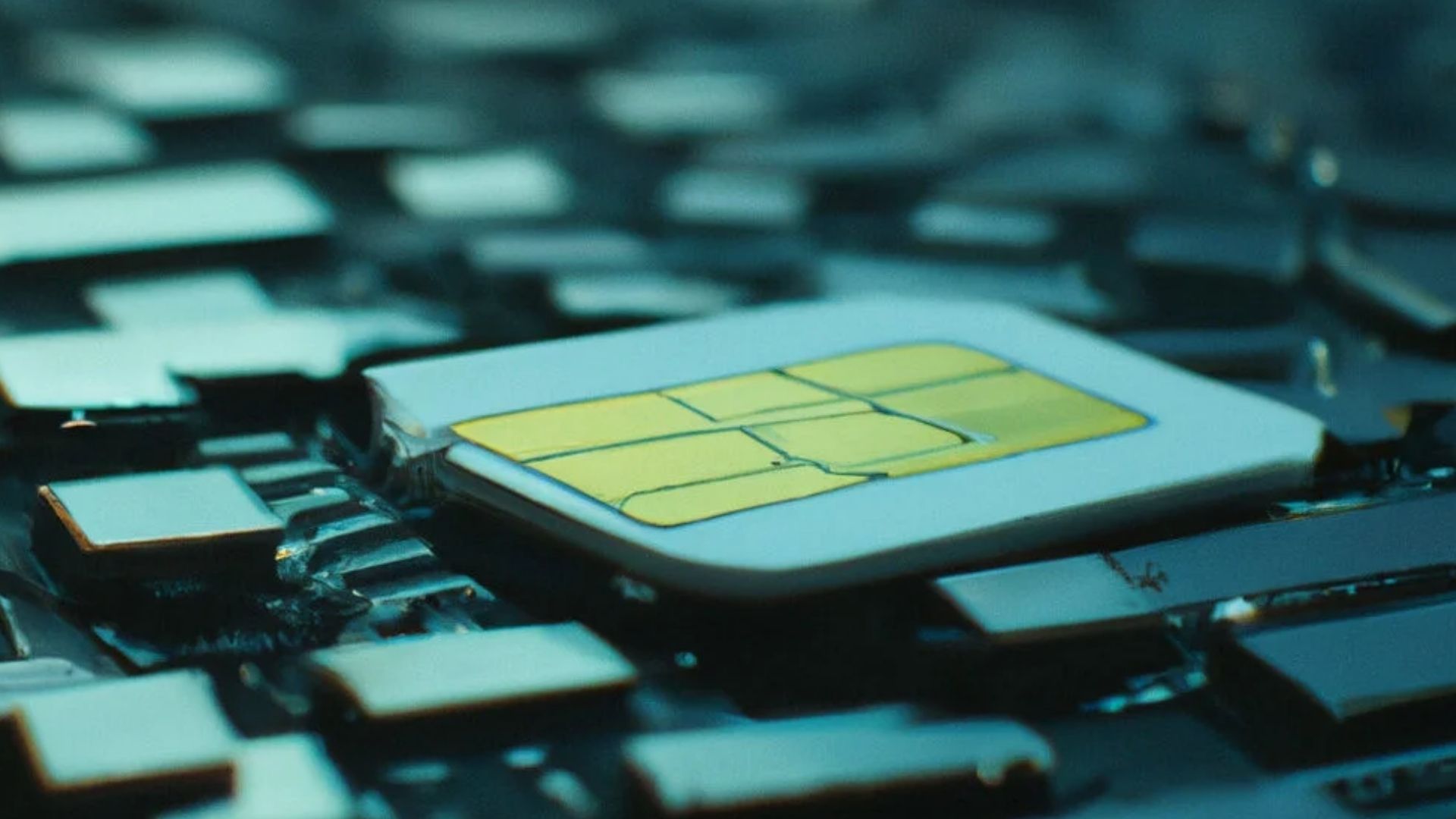
Background
Apple first introduced eSIM support with the iPhone XS, XS Max, and XR in 2018. However, the company still retained the physical SIM tray in most global models to accommodate regional carrier demands and user preferences. This changed in 2022, when the iPhone 14 series in the United States shipped without a SIM tray, requiring users to rely exclusively on eSIM technology.
Why eSIM?
eSIM, short for Embedded SIM, is a digital SIM that allows users to activate a cellular plan without a physical card. It is embedded directly into the phone’s hardware, offering several advantages such as:
-
Convenience: No need to insert or remove SIM cards.
-
Security: Reduced risk of SIM card theft or misuse.
-
Instant Activation: Users can activate or switch carriers instantly via software.
-
Dual-SIM Support: Many devices allow multiple eSIM profiles for travel or work.
Despite these advantages, adoption has been relatively slow in some regions due to limited carrier support and user reliance on the simplicity of physical SIM swapping.
Short Summary in Table Format
Feature |
Details |
|---|---|
Event |
Apple “Awe Dropping” Event |
Launch Date |
September 9, 2025 |
Model |
iPhone 17 Series |
Key Change |
Removal of physical SIM tray, eSIM-only in several international markets |
Regions Affected |
Reportedly EU countries such as France, Germany, Italy, Spain, Netherlands |
Reason for Change |
To expand adoption of eSIM technology |
Current Status |
eSIM-only limited to US models of iPhone 14 and later |
Official Website |
Reports Suggest iPhone 17 Will Be eSIM-Only in Europe and Beyond
According to sources cited by MacRumors, Apple has begun preparing its retail employees and authorized resellers in Europe for a broader rollout of eSIM-only iPhones. Countries reportedly included in this shift are France, Germany, Italy, Spain, and the Netherlands.
Employees at Apple Authorized Resellers in these regions are said to be undergoing mandatory training sessions focused on eSIM usage, activation, and troubleshooting. The training, provided via Apple’s internal SEED app, is required to be completed by September 5, just four days before the official iPhone 17 launch event.
Such training mandates are considered a strong indicator that the new devices may no longer include physical SIM trays in these markets.
Previous Rumors and Industry Speculation
Industry insiders have speculated for years that Apple intends to fully transition to eSIM across all global iPhone models. Reports from 2024 suggested that the iPhone 17, launching in 2025, would be the first lineup to make this transition on a large scale.
Given Apple’s history of pushing the industry forward such as the adoption of USB-C ports under EU regulations it is not surprising that the company may be ready to enforce a new standard.
Potential Challenges with eSIM Adoption
While the benefits of eSIM are clear, the transition does present challenges for some users:
-
Frequent Device Switching: Those who often swap SIMs between devices may find eSIM transfers more cumbersome.
-
Carrier Limitations: Not all carriers, particularly smaller or regional ones, support eSIM.
-
Travel Complications: Travelers accustomed to buying prepaid SIM cards abroad may face restrictions unless local carriers support eSIM activation.
-
Learning Curve: Some users may require time to adapt to the digital-only system.
Nevertheless, Apple’s decision often influences the entire smartphone ecosystem, and broader adoption by carriers worldwide is likely to follow.
What This Means for Consumers
If the reports are accurate, international iPhone buyers may soon have the same experience as their counterparts in the United States living in an eSIM-only world. For consumers, this shift may bring both convenience and frustration, depending on carrier support and personal habits.
Ultimately, the change reflects Apple’s long-term strategy of simplifying hardware design, improving security, and streamlining connectivity.
Frequently Asked Questions (FAQs)
1. What is eSIM?
A. eSIM is a digital SIM embedded in the smartphone’s hardware, allowing users to activate mobile plans without inserting a physical SIM card.
2. Which iPhones already support eSIM?
A. All iPhones since the iPhone XS, XS Max, and XR support eSIM technology. However, only U.S. models of the iPhone 14 and later are eSIM-only.
3. Will the iPhone 17 series have no SIM slot globally?
A. Reports suggest that while the U.S. and several European markets will move to eSIM-only models, Apple may still offer versions with SIM trays in regions where eSIM adoption is limited.
4. Is eSIM supported by all carriers?
A. No, carrier support for eSIM varies by country. Major international and premium carriers generally support it, while smaller providers may still rely on physical SIM cards.
5. What are the main benefits of using eSIM?
A. eSIM offers instant activation, enhanced security, easier switching between carriers, and support for multiple mobile plans without the need for physical cards.
For More Information Click HERE
